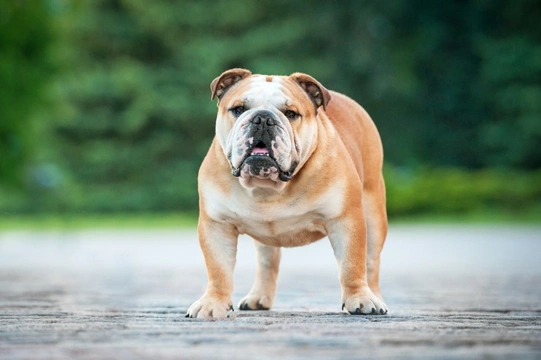
Patellar luxation in dogs
Patellar luxation or luxating patella is a condition of the knee (and so affects the back limbs only) that can cause pain and difficulty with the mobility of the affected dog. It usually presents itself fairly early in life, often before the dog in question reaches six months of age. It is most commonly considered to be a breed-specific condition, and while any dog can theoretically develop patellar luxation, it is nevertheless more prevalent in certain breeds and types of dogs, most of them toy or small-breed.
What is patellar luxation?
Patellar luxation or luxating patella is also sometimes called “floating kneecap syndrome,” and refers to a propensity for the kneecap to dislocate or become dislodged. The kneecap of the normal dog is held in place by the ridges of the patella, which should hold it securely while allowing for free movement and rotation. When the ridges of the patella are not as pronounced as they should be, they may prove to be too shallow to hold the kneecap in place securely at all times, leading to the kneecap slipping or dislocating out of place. This dislocation can occur suddenly and then correct itself by the kneecap moving back into place just as quickly, or may result in a permanent or recurrent dislocation that will require surgical intervention.
Breeds prone to patellar luxation
Any breed or type of dog can theoretically suffer from patellar luxation, but some breeds of dog suffer from a higher occurrence rate of it than others.
Breeds specifically considered to be at risk of the condition include:
- The Bulldog
- TheCairn Terrier
- The Labrador Retriever
- The Jack Russell
- The Maltese Terrier
- The Yorkshire Terrier
- Toy and Miniature Poodles
- The Boston Terrier
- The Chihuahua
- The Pomeranian
- The Pekingese
- The Papillion
- The Cavalier King Charles Spaniel
What causes patellar luxation?
Patellar luxation can be caused in any dog by an accident or injury of the leg or knee, although it will usually appear in affected dogs without any external cause or trauma. The condition is generally considered as an inherited genetic defect, and the condition can be exacerbated or the risk factors increased by obesity or weight management issues in the dog.
The severity of the condition
Patellar luxation in the dog is ranked on a grading scale of 1-4, depending on the severity, recurrence rate and prognosis of the condition.
- Grade I refers to cases where the kneecap can physically be manipulated to pop out of place, but will return to its normal position on its own.
- Grade II occurs when the patella can be physically manipulated out of place, or if it can be made to pop out on its own by flexing of the stifle joint. The patella will not return to place automatically if left, but will return to its place if manually pushed back, or if the joint is extended and rotated to correct it.
- Grade III of the condition is when the patella will generally become and remain out of joint on its own most of the time, but it can be manually pushed back into place temporarily.
- Grade IV occurs when the patella is permanently luxated out of position and cannot be pushed back into place manually, even temporarily.
Diagnosing patellar luxation
Physical examination by your veterinary surgeon will diagnose patellar luxation, or be used to rule it out. Your vet will ask you about the symptoms you have observed, how often the problem occurs and how your dog is affected. X-rays or scans may also be used to get a full picture of the kneecap and patellar ridges, in order to decide upon the best course of action.
Treating patellar luxation inthe dog
If the dog affected has a grade I rating, you may decide in consultation with your vet to simply leave it be and monitor any changes. However if possible, even a grade I rated condition should be treated, and the condition can become progressive or exacerbated if left.
If the condition causes difficulty with walking or pronounced pain, or is rated as grade II III or IV, surgical correction will almost certainly be required. Exactly what form of surgery is needed will vary depending on the degree of slippage, the formation of the patellar ridges, and whether the kneecap slips laterally or bilaterally. However, in some cases if the dog is not in a lot of pain and rarely has difficulty walking, your vet may recommend some lifestyle changes and management at home to help to improve the condition of the knee and make incidences of dislocation less frequent. This will normally involve weight management, joint supplements, and exercises or physiotherapy designed to strengthen the muscles of the knee to help to hold the patella in place. Ramps or steps placed in the home and garden to make things easier for your dog to move around and climb up and down without placing undue stress on the kneecap may also be recommended.



